Carrots are one of my favorite root vegetables to grow, as there’s simply no comparison between store-bought carrots and homegrown carrots (especially if you harvest after a cold spell, when the roots naturally turn sweeter).
But it’s hard to gauge just how well your carrot crop is doing since the good part is all underground. Sometimes, you don’t see the problem until it’s too late and you’re already harvesting. Or sometimes the problem starts before your carrot bed gets going!
If your crop isn’t as productive as you’d like, here’s how you can fix or prevent nine common carrot growing problems.
1. Your carrot seeds aren’t sprouting.
Carrot seeds can sometimes take up to three weeks to sprout. That’s a long time to wait for most gardeners, and it may have you thinking the initial sowing wasn’t successful. So the first thing to ask yourself is: How long has it been?
While the seeds will germinate in a wide range of soil temperatures (even as low as 40°F), the colder your soil, the longer they will take to germinate. On the flip side, if your soil temp exceeds 85°F, you may not see germination until the weather cools down.
Quick tip
You can easily keep track of sowing and germination dates every season using my Ultimate Garden Diary.
Because of how tiny they are, carrot seeds should ideally stay close to the soil surface. Many gardeners inadvertently sow them too deep—even a shallow trench may impede germination.
When I sow carrots, I make a very shallow line in the soil with a dibber (no more than 1/4-inch deep), sprinkle the seeds along the line, and cover them “just enough” with soil. Sometimes I scatter seeds across the soil and lightly scratch them up a bit with my fingers or with a small hand rake to ensure proper soil contact.
Recommended
Wooden dibber
I love this sturdy wooden dibber for making shallow trenches and sowing seeds. The measurements also come in handy when planting bulbs or seedlings.
Once you sow your seeds, it’s critical that the soil stay moist until germination—even if it takes three whole weeks. To maintain consistent moisture, I always water the soil thoroughly before sowing and hand water daily. Occasionally I’ll spread a thin, 1/8-inch layer of straw mulch on the soil or use a flat, floating row cover (secured on the edges) to help keep moisture in.
2. Your carrot seedlings aren’t growing or seem stunted.
Because of their long taproots, carrots prefer to be sown directly in the garden. The tiny, delicate seedlings are tricky to handle and transplanting tends to send them into shock. Sure, you can germinate seeds in individual plant cells or soil blocks to minimize root disturbance, but it’s often not worth the effort for a large planting.
Carrots are also cool-season crops that should be sown in spring (for summer harvest) or mid to late summer (for fall or winter harvest). If you plant them when it’s too hot outside, their growth may stall until temperatures become more favorable.
Disclosure: If you shop from my article or make a purchase through one of my links, I may receive commissions on some of the products I recommend.
2. All your carrot seeds sprouted, and now they’re too crowded.
This is probably the most tedious thing about growing carrots: thinning them!
It’s common to have too many seeds germinate and grow too close together. (Hey, even longtime gardeners can get a little heavy-handed with sowing!) Carrots need proper plant spacing so they don’t fight for nutrients or sunlight, and it’s important to give at least 2 inches of space between carrots if you want thick, healthy roots.
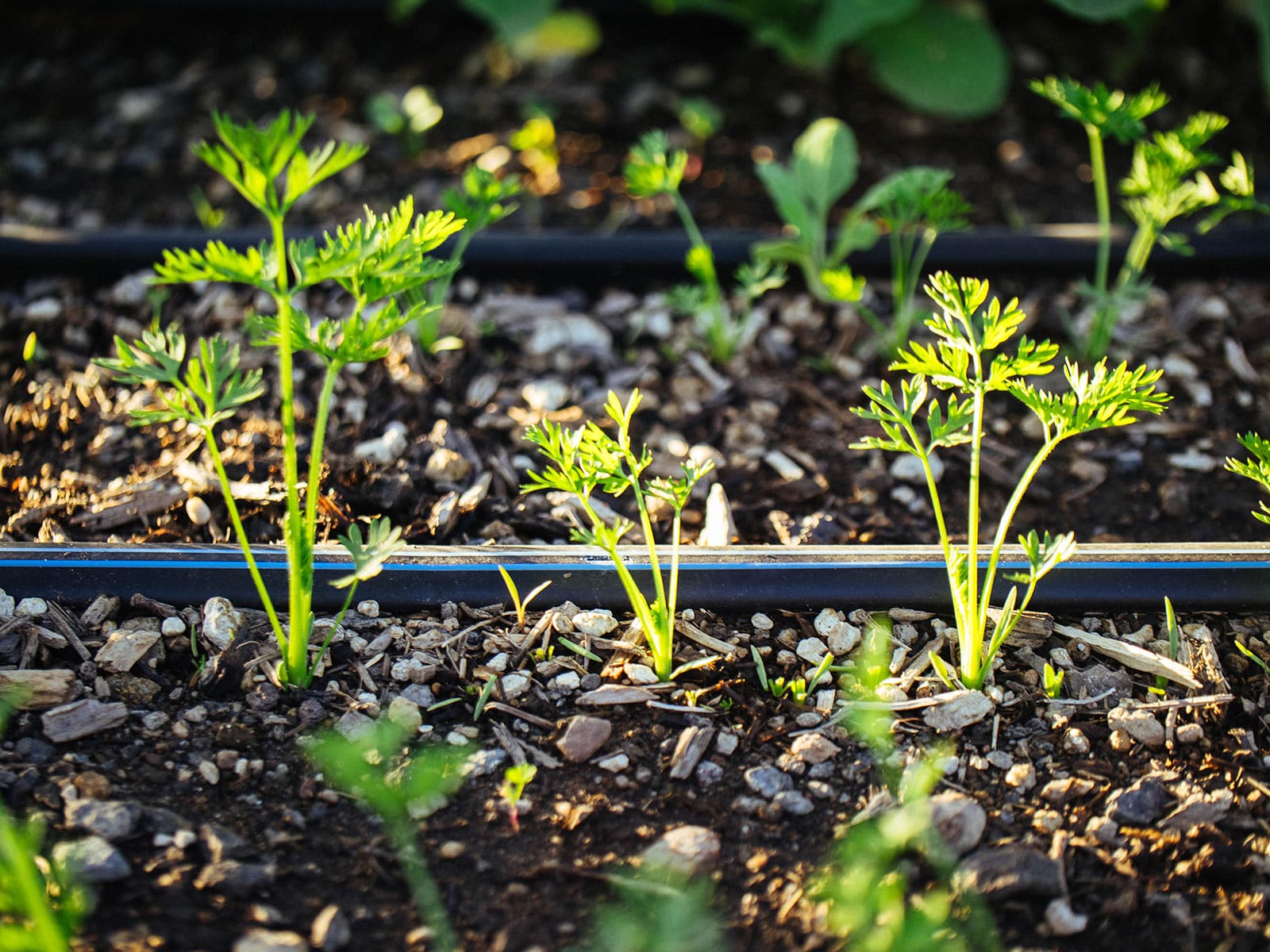
Thinning can be as simple as pulling out extra seedlings with your fingers if they’re small enough, but to minimize root disturbance, I prefer to use a small pair of scissors or micro-tip pruners to snip unwanted seedlings. (You can use these thinnings as microgreens in the kitchen.)
Recommended
Micro-tip pruners
The sharp blades, precise tips, and spring-action handle make easy work of light pruning and harvesting in the garden.
Go down the row of carrots each week and thin as necessary to maintain at least 2 inches of spacing. If you wait too long, the seedlings will start growing into each other and it becomes a lot harder to pick them out individually.
Is there a way to grow carrots without thinning them? Yes, if you buy pelleted seeds. They’re more expensive and you don’t get as many per packet, but you also don’t waste as many seeds. Each seed has been coated in clay to make it more uniform in size and shape, easier to see, and easier to handle.
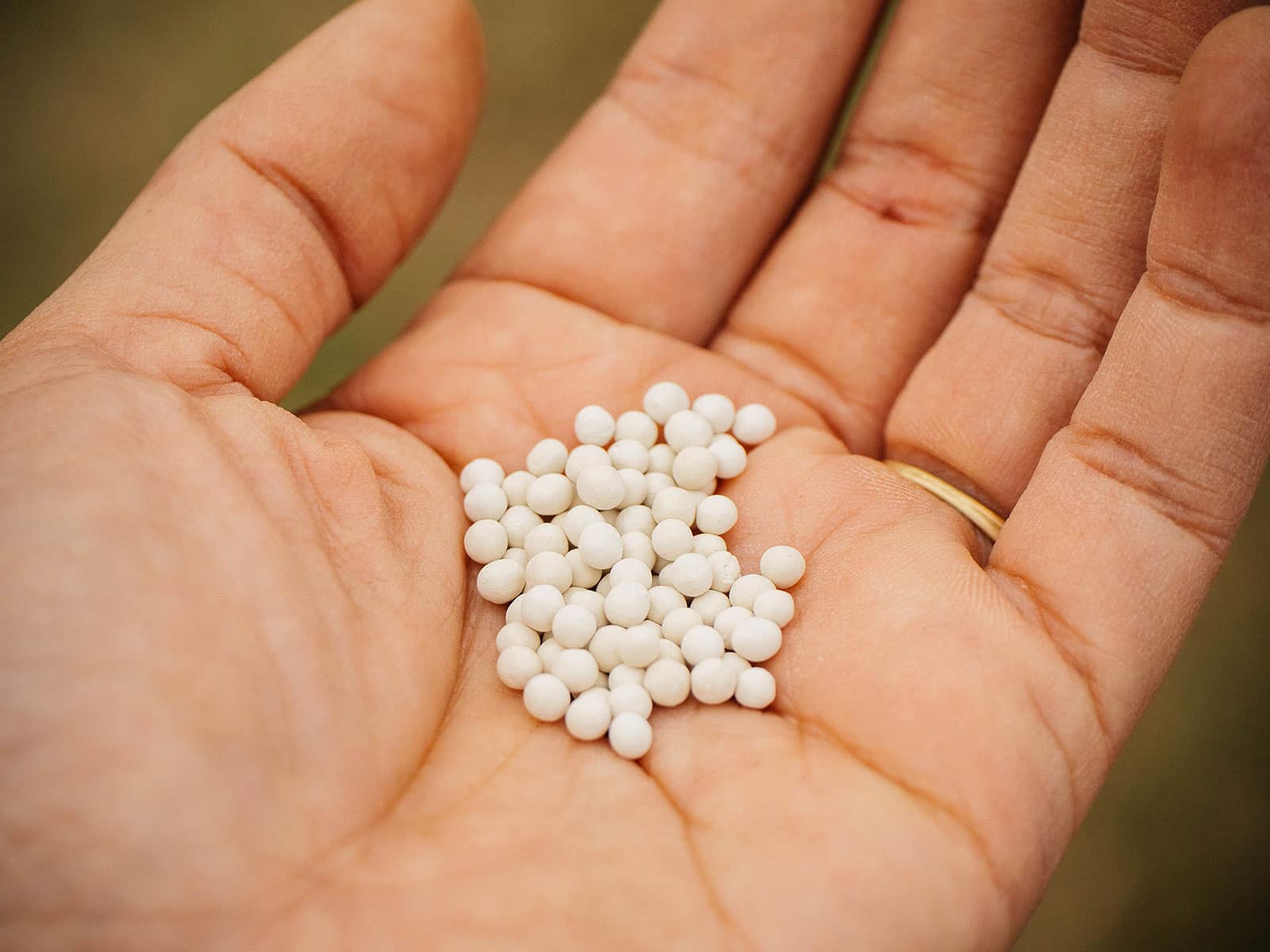
Where to buy
Pelleted carrot seeds
You can also use seed tape, which comes in a biodegradable roll with the seeds already spaced out. All the pelleted seeds recommended above are available as seed tape as well! (If you’re up for a good rainy-day project, seed tape is also super easy to make at home.)
3. The tops of your carrots are green.
Carrots may have green shoulders if the tops were exposed to sunlight while they were growing. This isn’t a problem toxicity-wise, so feel free to eat them and move along.
If you want to avoid green shoulders, just cover the roots with a little soil if you see the tops poking through as they grow larger.
4. Your carrots came out very small.
If your carrots turned out smaller than expected, they may not have been ready to harvest. Transplanting carrots may set them back a couple weeks if they experienced shock, and actual days to maturity depend on several environmental factors. Wait until the shoulders of your carrots are at least 1 inch in diameter before pulling them.
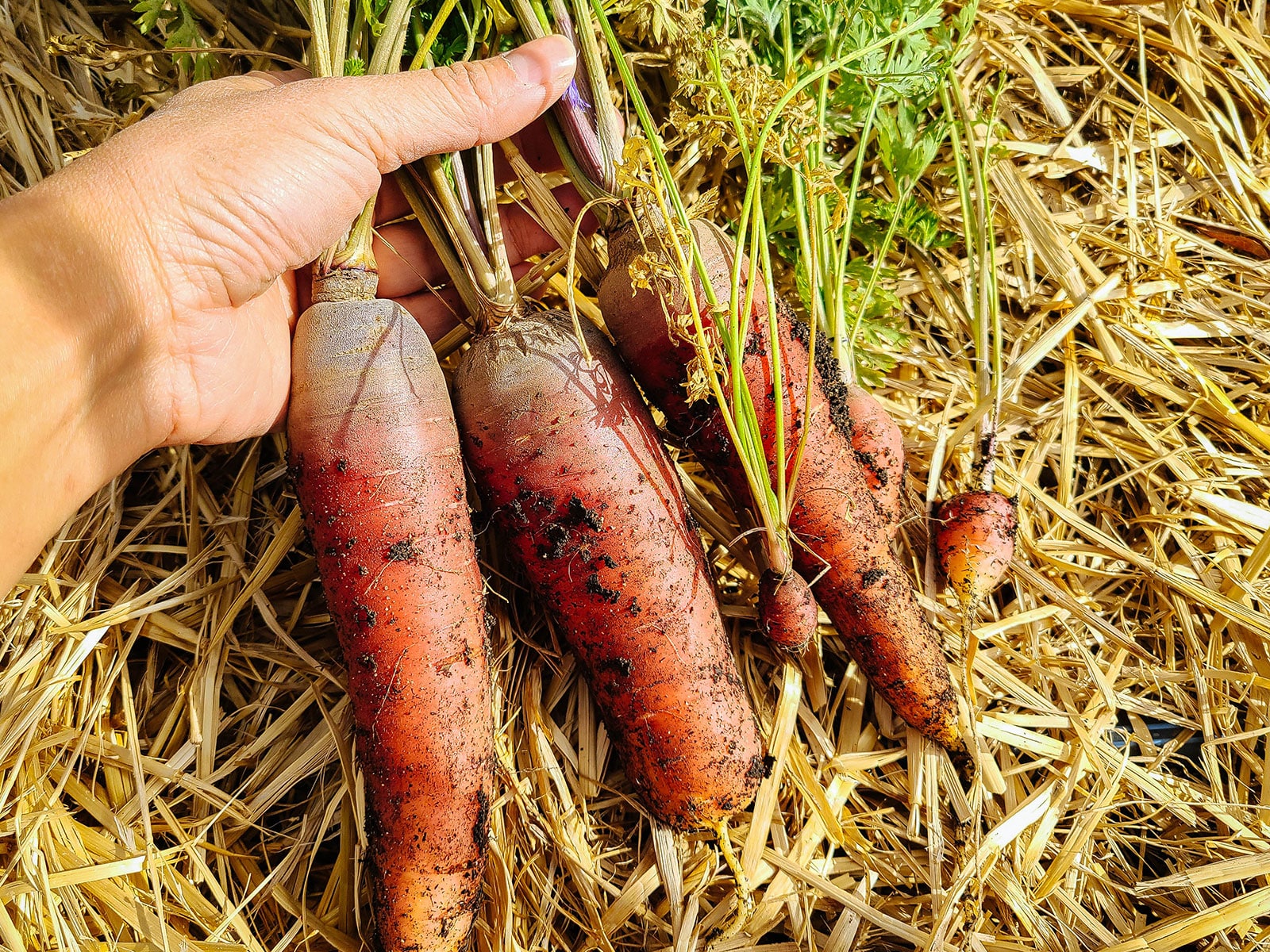
Next, double-check the variety you planted. Is it a round or petite carrot like Thumbelina or Little Finger, or a compact Chantenay type?
If the variety was, in fact, supposed to grow thick and long, and you know your soil was loose and fertile, the problem may be lack of light. Carrots like full sun and too much shade can result in smaller-than-average roots or greens.
5. Your carrots have cracks or splits in them.
Cracks may appear if you waited too long to harvest your crop. Generally these carrots are still edible, as long as the damaged portions haven’t begun to rot. You can also cut off the damaged part and eat the rest.
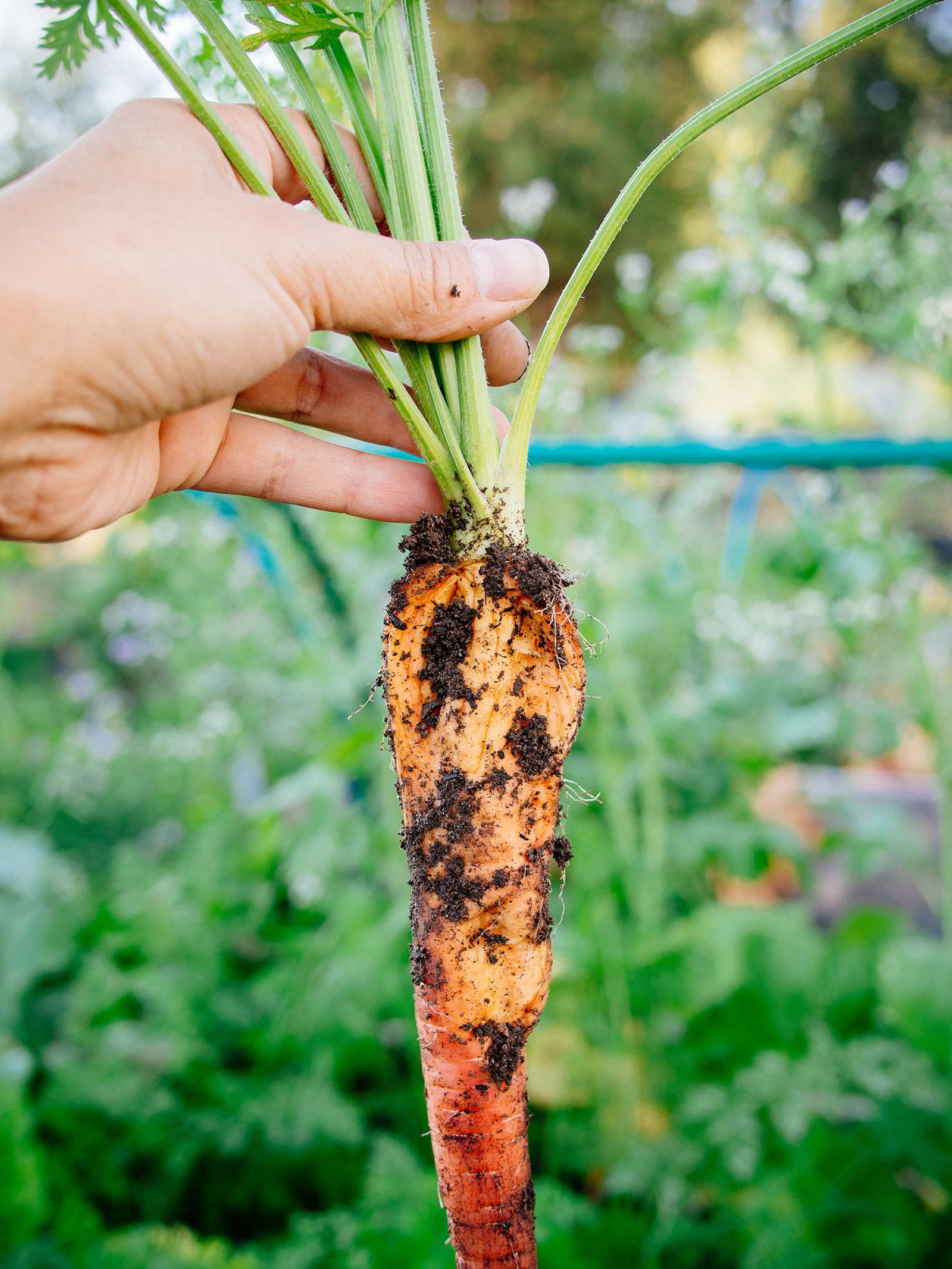
Carrots are ready about 60 to 80 days after sowing, depending on the variety and growing conditions. Once they mature, they can be left in the ground for up to four weeks but any longer than that risks cracking, splitting, or tough and woody roots.
Carrots may also crack open if there was a dry spell followed by heavy rain. (It’s the same issue that affects tomatoes, which split when there’s a sudden onslaught of water after a period of drought.) You can reduce the chances of this happening by mulching your carrot bed and keeping the soil evenly moist.
6. Your carrots look deformed with bulges or forked legs.
Carrots sometimes take on bizarre and hilarious shapes if the soil is very dense or rocky, causing them to fork and grow around the obstructions. You can alleviate this by clearing the top 6 to 8 inches of any large stones, sticks, or dirt clods and making sure the soil is soft and loamy before planting.
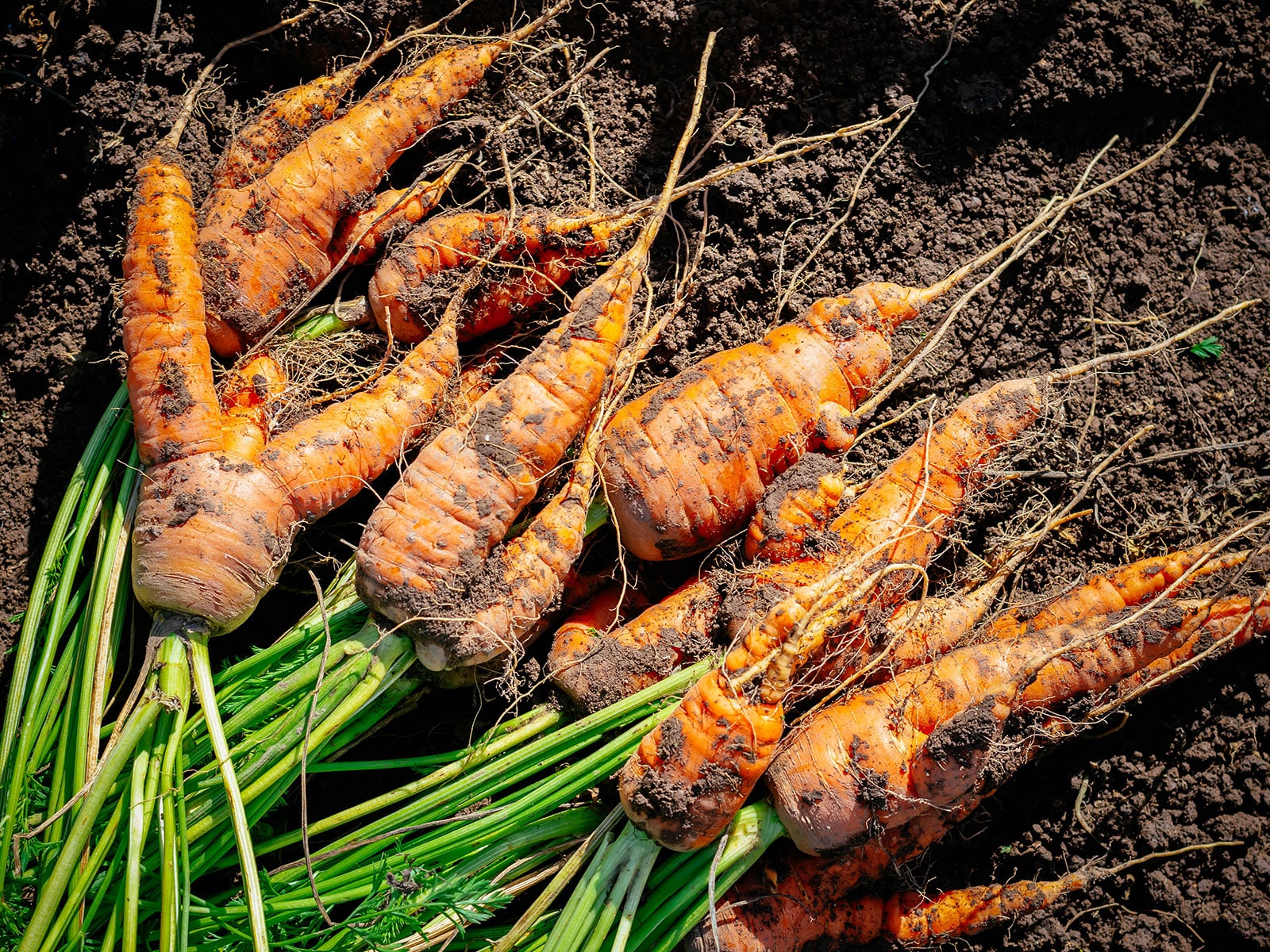
If poor soil isn’t to blame, I have a more detailed guide that walks you through a few other common causes of deformed carrots.
7. The roots are covered in tiny hairs.
If your carrots have lots of tiny branching roots all over or a “hairy” appearance, it may be a sign of too much nitrogen.
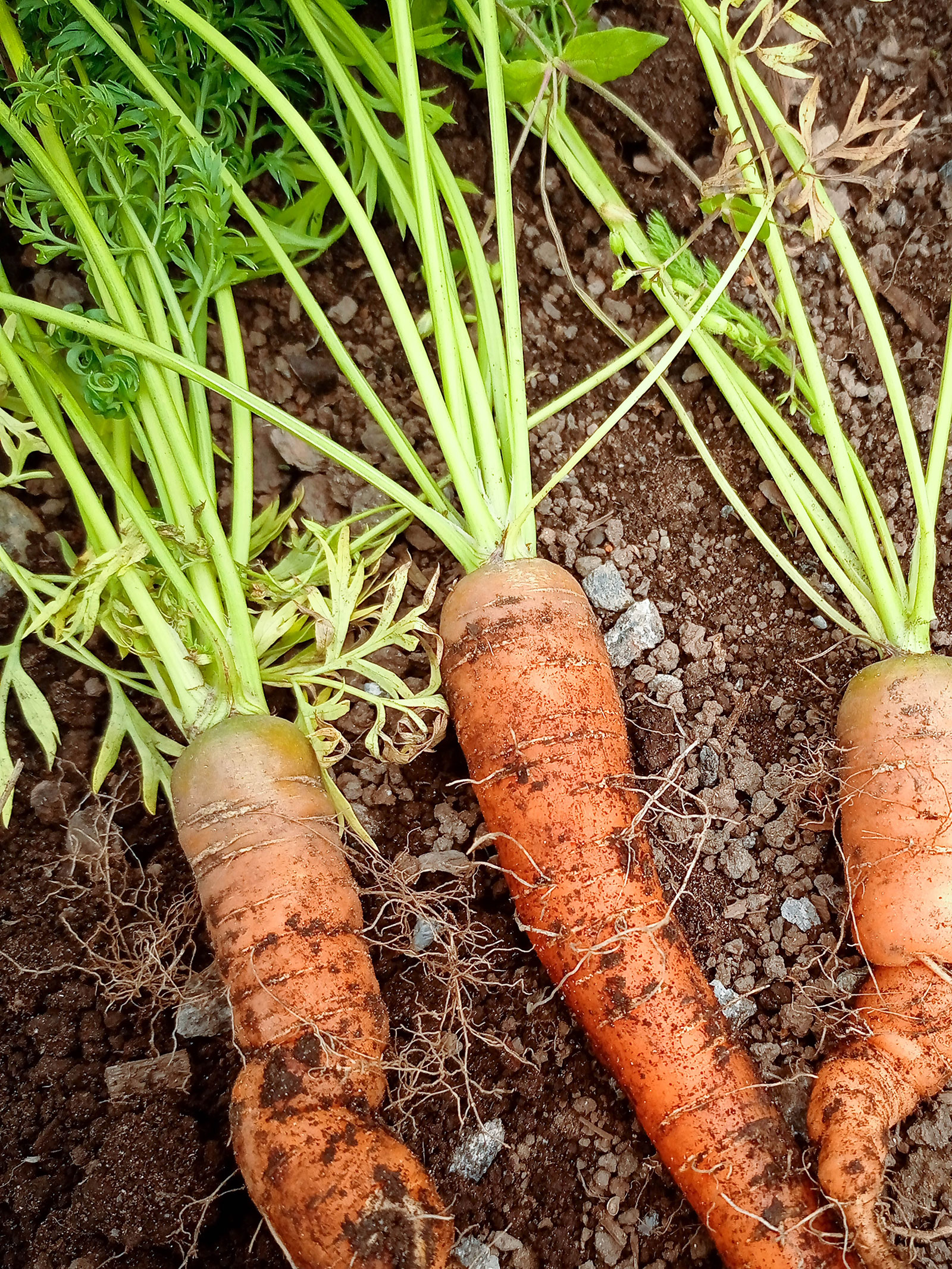
You can still eat these carrots, but next time, stick with a slow-release fertilizer or just add a layer of compost at planting time (which will also help improve soil texture).
If the hair-like roots are also accompanied by stunted growth or abnormal forking, you may be dealing with root-knot nematodes in the soil (here’s how you can get rid of them).
8. Your carrots have holes or rotted areas.
Carrots generally don’t have much of an issue with pests, but in some areas, the larvae of carrot rust flies can damage carrots by feeding on the roots until they pupate. This looks like brown or black lesions on your carrots and serious infestations can also cause problems above ground, including wilting, stunting, or dieback.
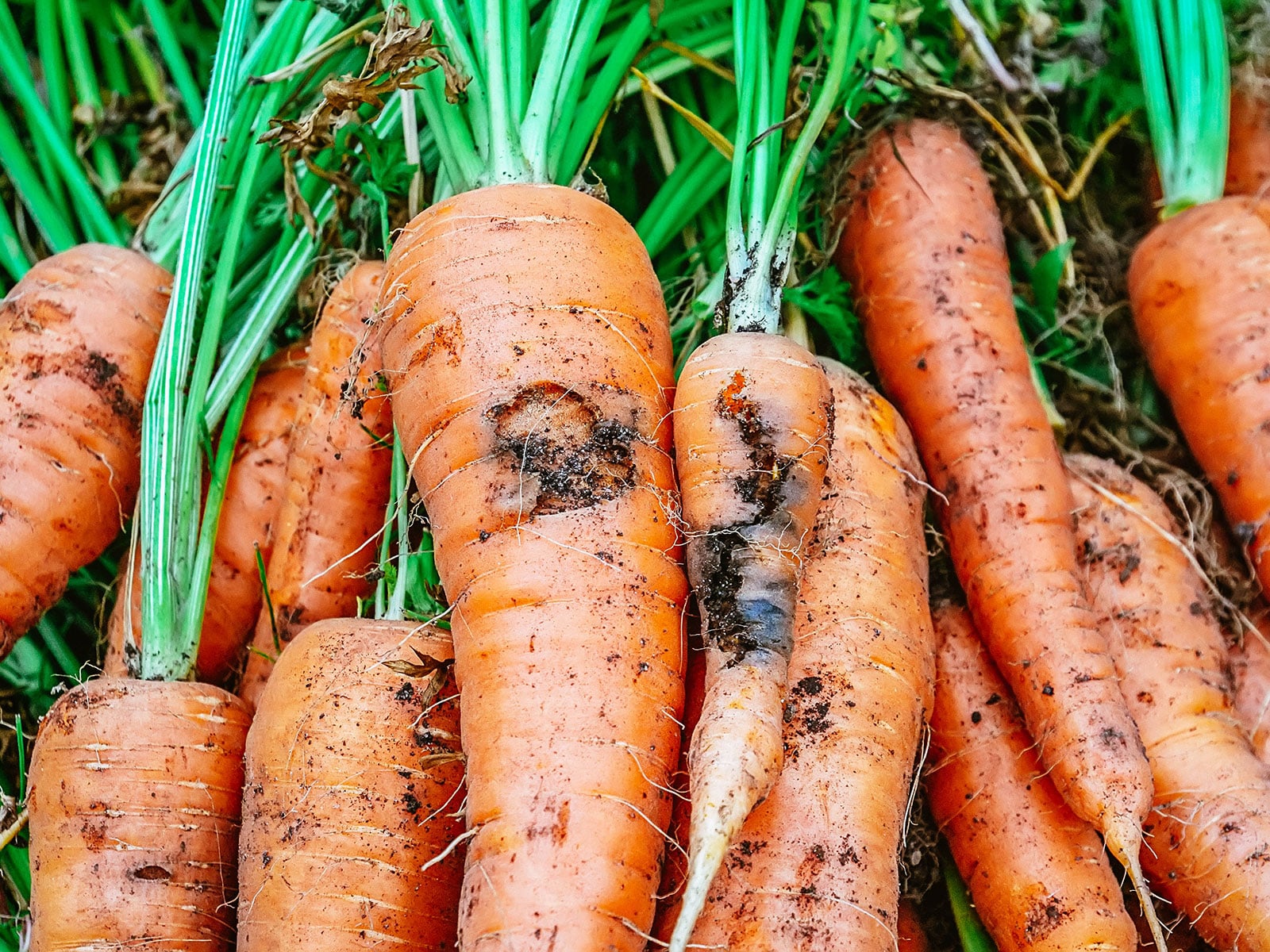
It’s hard to control carrot rust flies because most of the damage occurs underground and isn’t visible until it’s too late. Chemical pesticides aren’t really effective because the adults are very small and difficult to spray, and newly hatched larvae tunnel through the root systems of their host plants.
If you have recurring problems with carrot rust flies, the best treatment is prevention: use a floating row cover right after sowing seeds to prevent the flies from landing and laying eggs. Rotate your crops each season and avoid planting other members of the Apiaceae family (such as celery and parsley) in the infected bed for three or more years, if possible.
Harvesting all of your carrots at once, rather than picking them randomly, also helps control the spread of larvae to other plants.
9. Your carrot plants are bolting.
Bolted carrots often grow several feet tall and develop a prominent central stem with a cluster of flat-topped umbels (short flower stalks that spread from a common point, like the ribs of an umbrella).
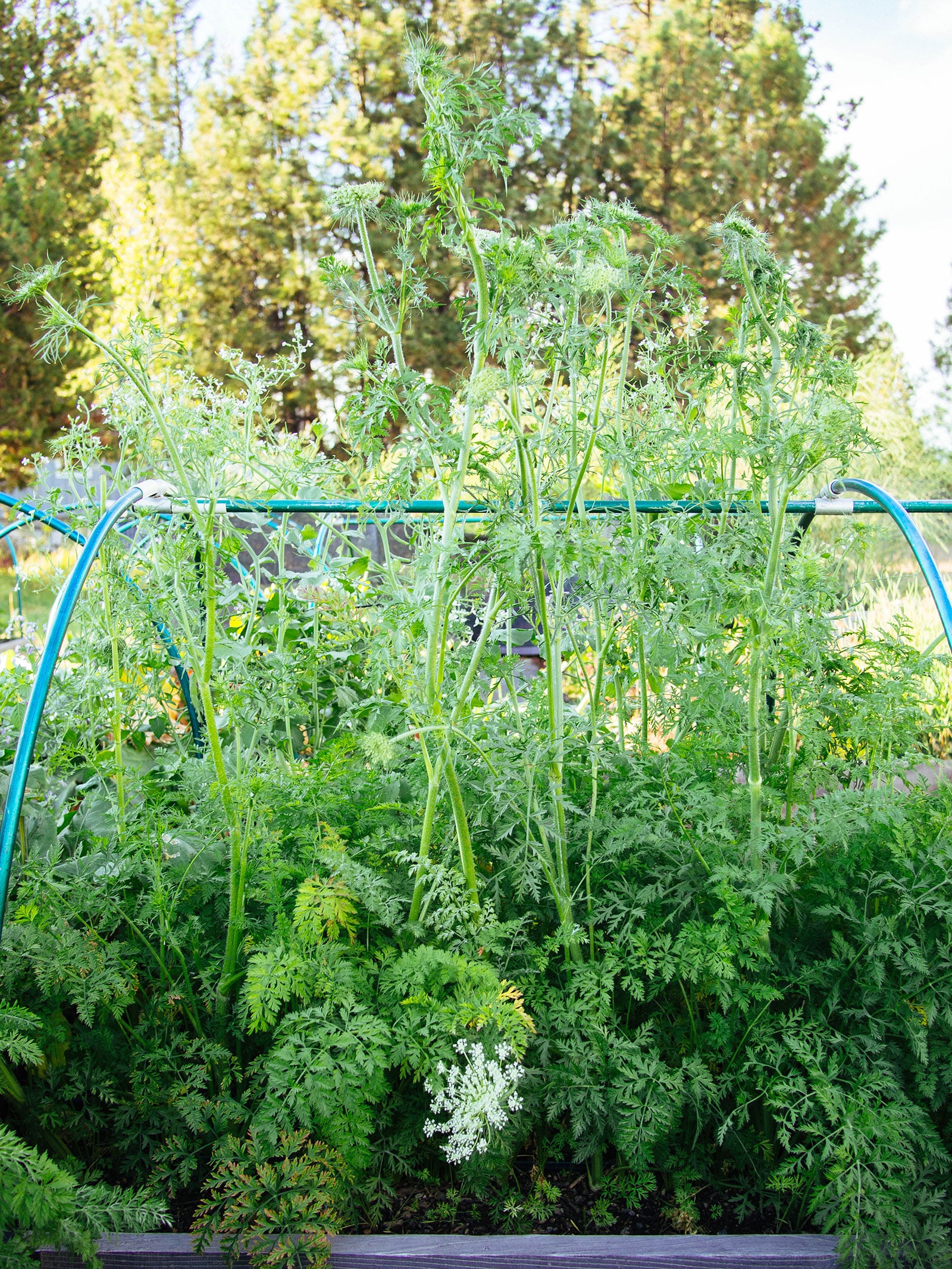
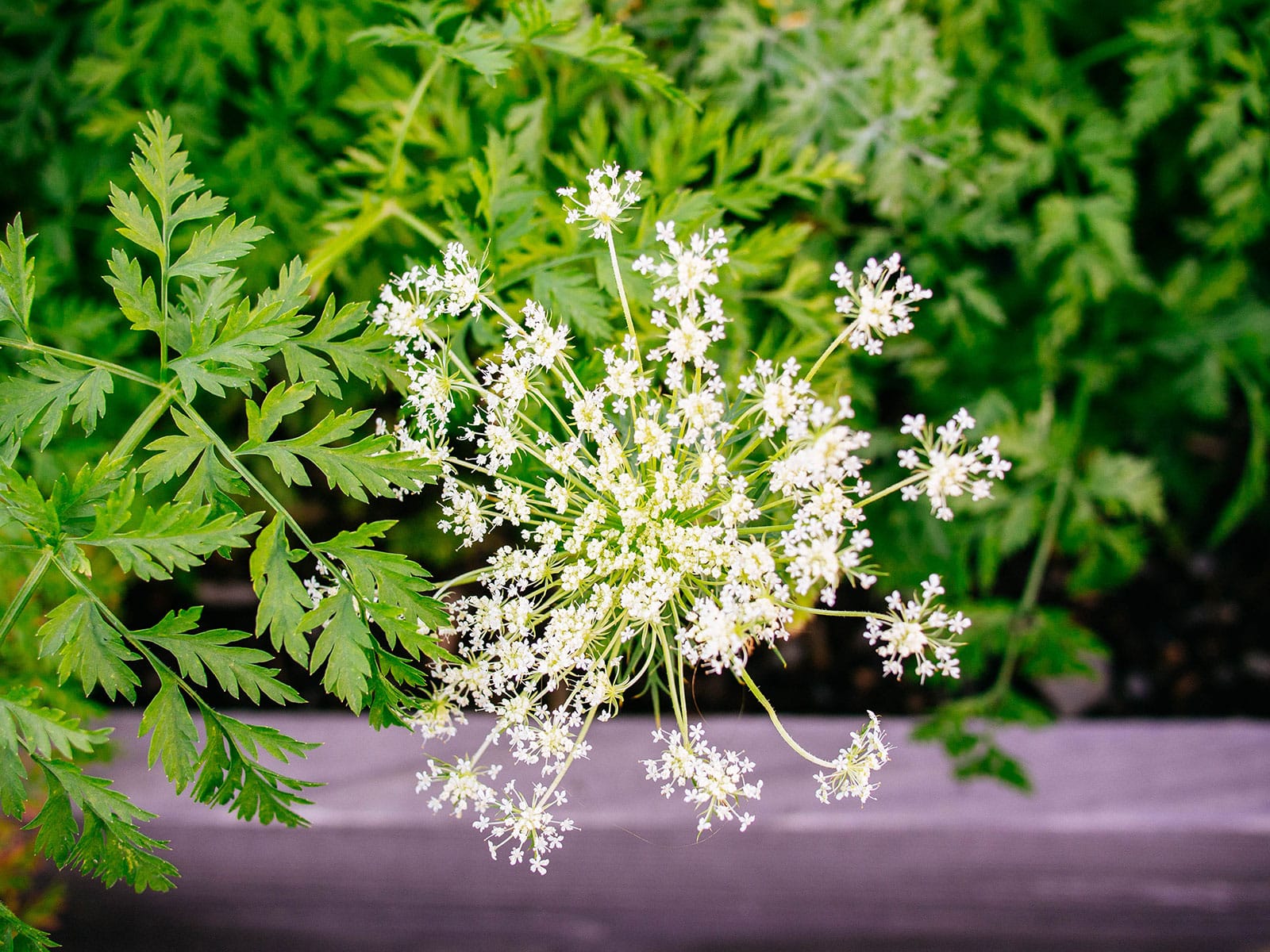
But carrots are biennials, so what gives?
While the plants naturally go to seed during their second year of growth, they’ll sometimes bolt prematurely during periods of stress, high heat, or long light durations. Carrots are cool-season long-day crops, so sowing them too late in the season makes them more susceptible to bolting when you have hot weather and more than 12 hours of light.
So if you see a central stem starting to emerge and you want to harvest that carrot, do it now—don’t wait until it flowers, as it’ll render the carrot inedible.
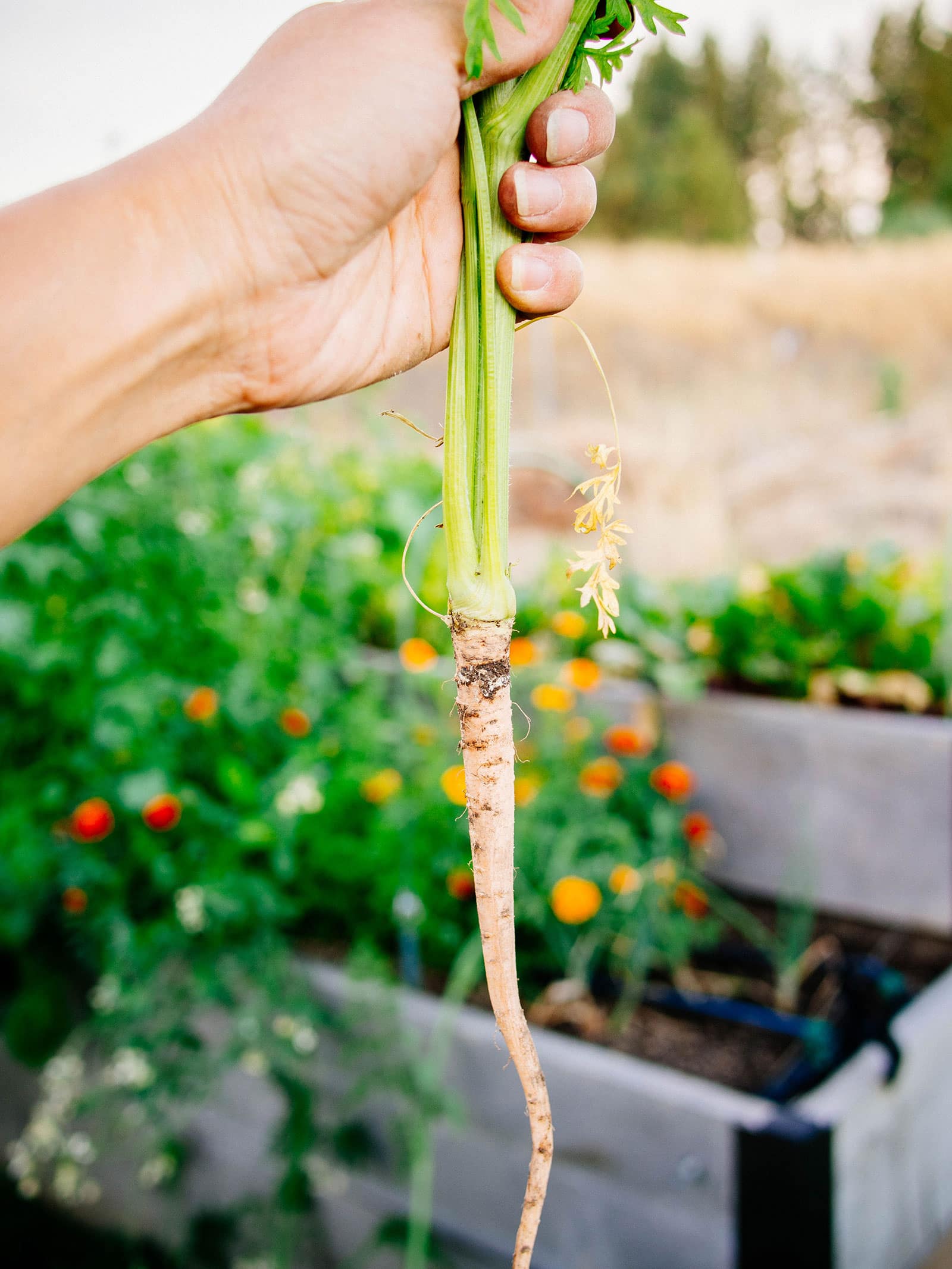
If you decide to let it bloom, pollinators will love you for it (and you can collect seeds once the flowers fade).
Related: Bolted carrots are among the best and most underrated flowers that attract bees


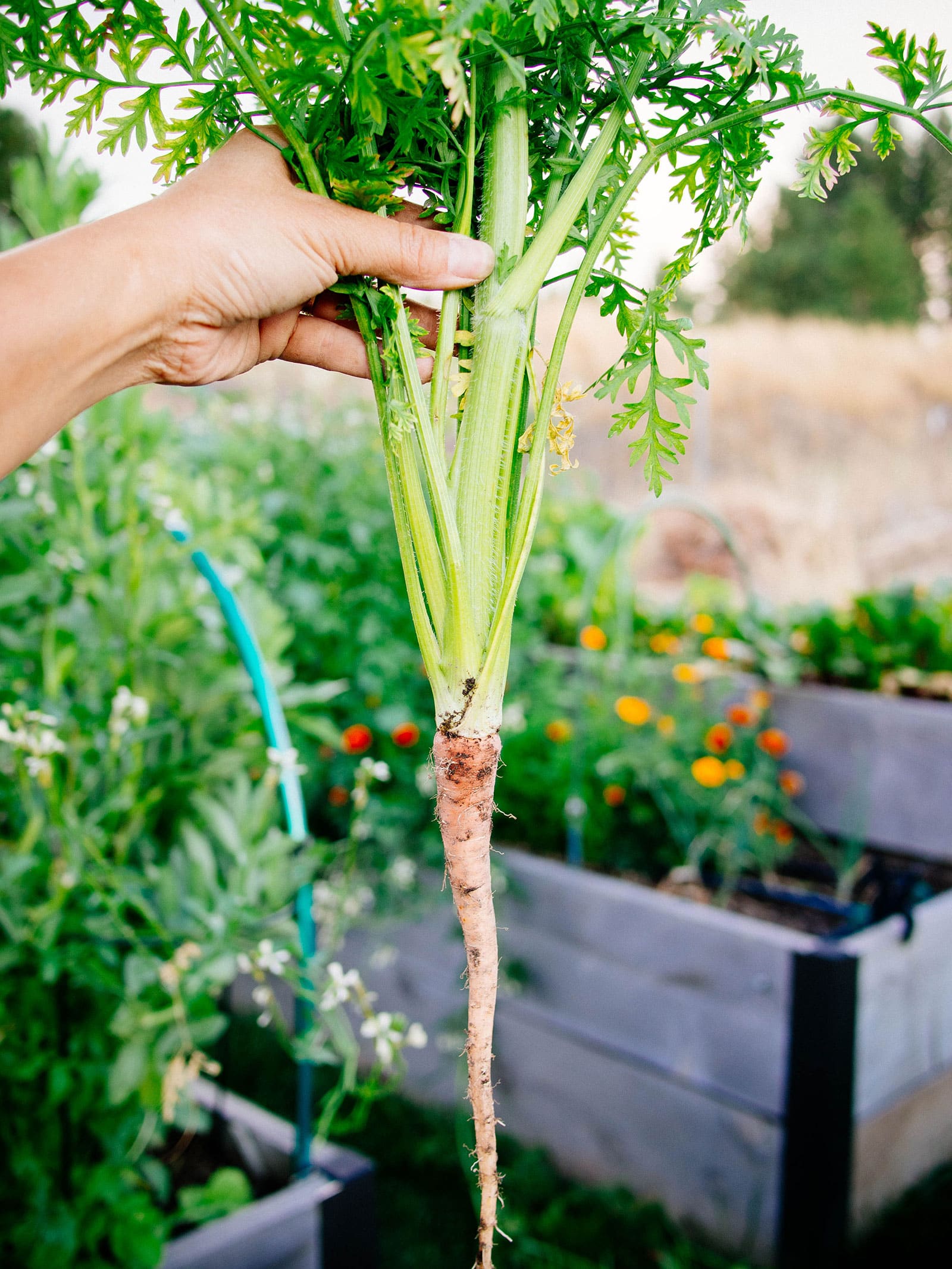
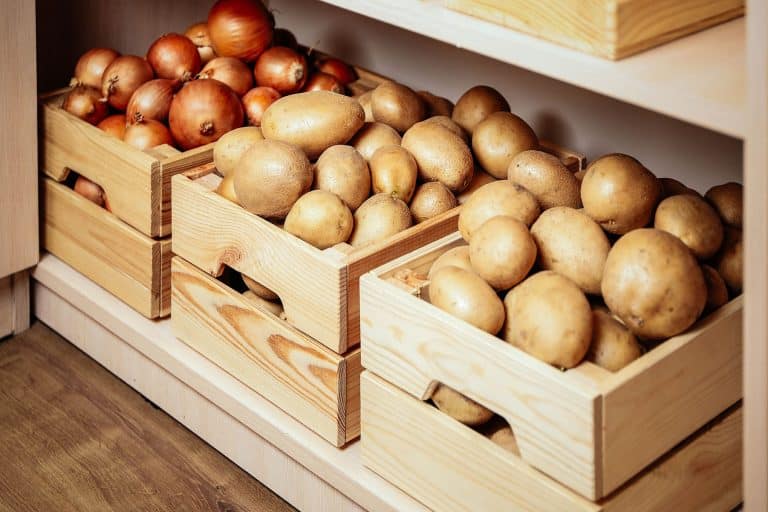

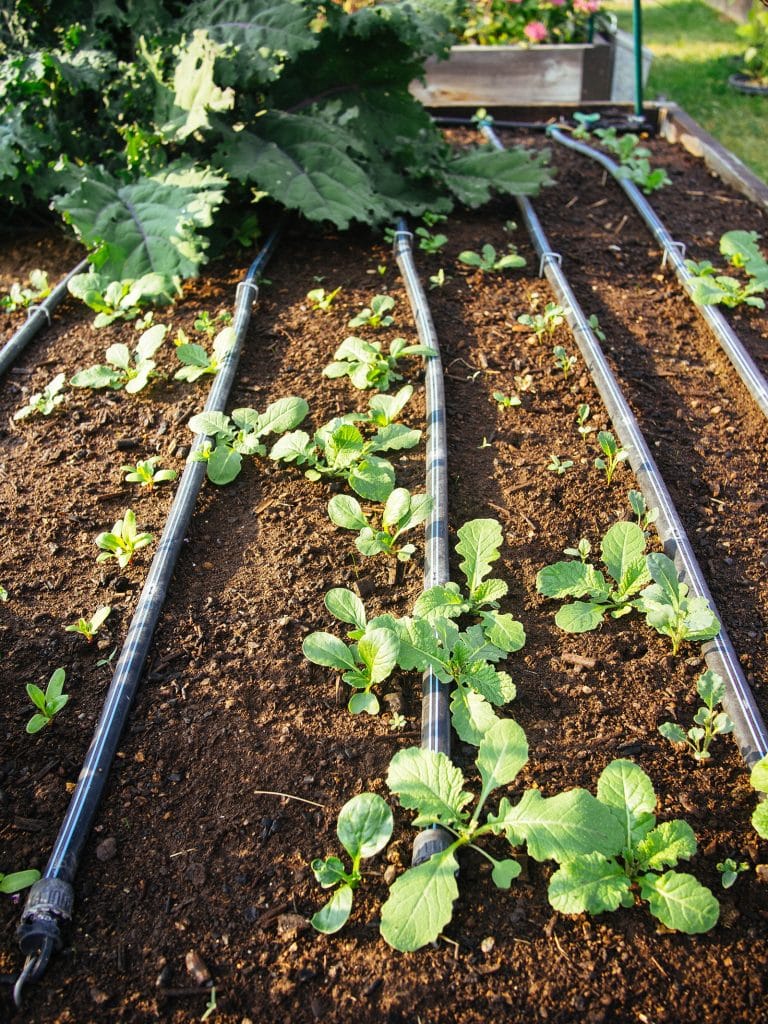

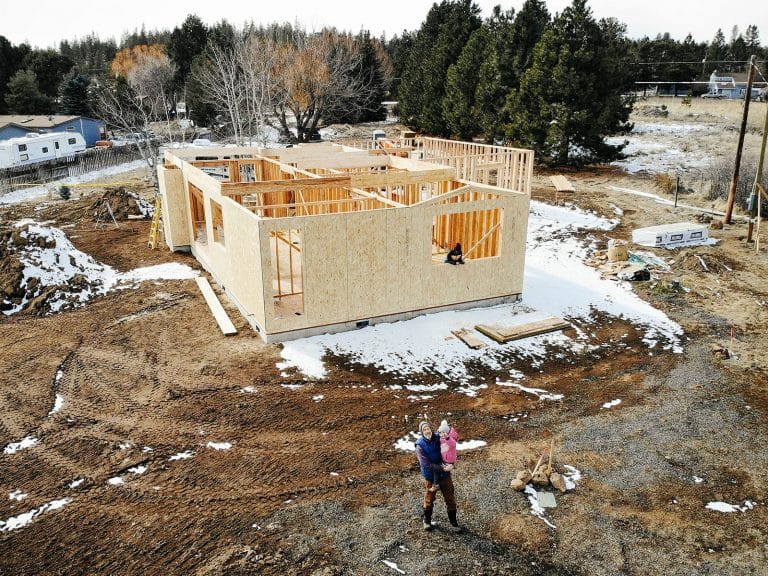
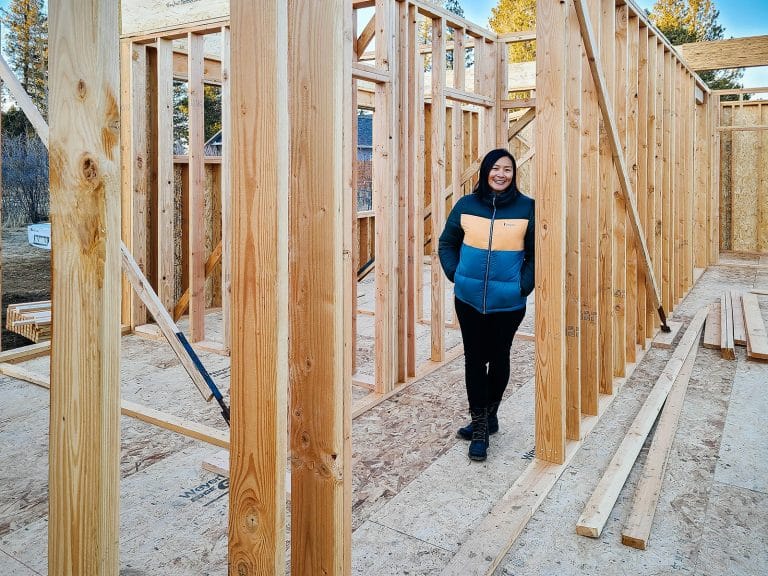
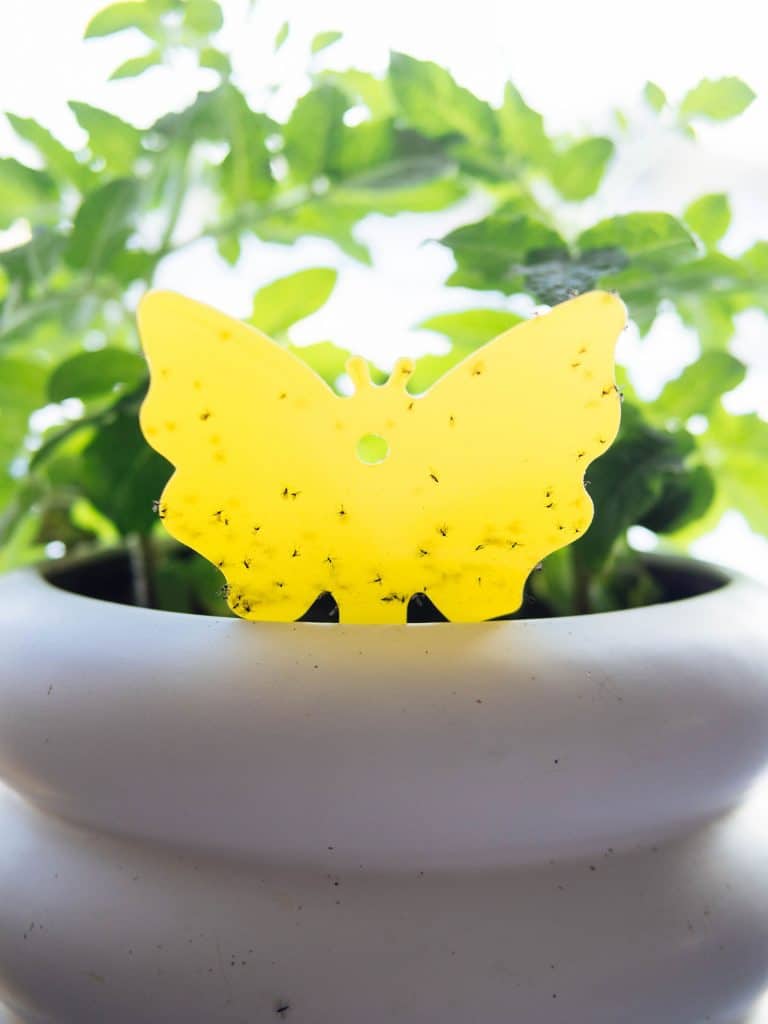
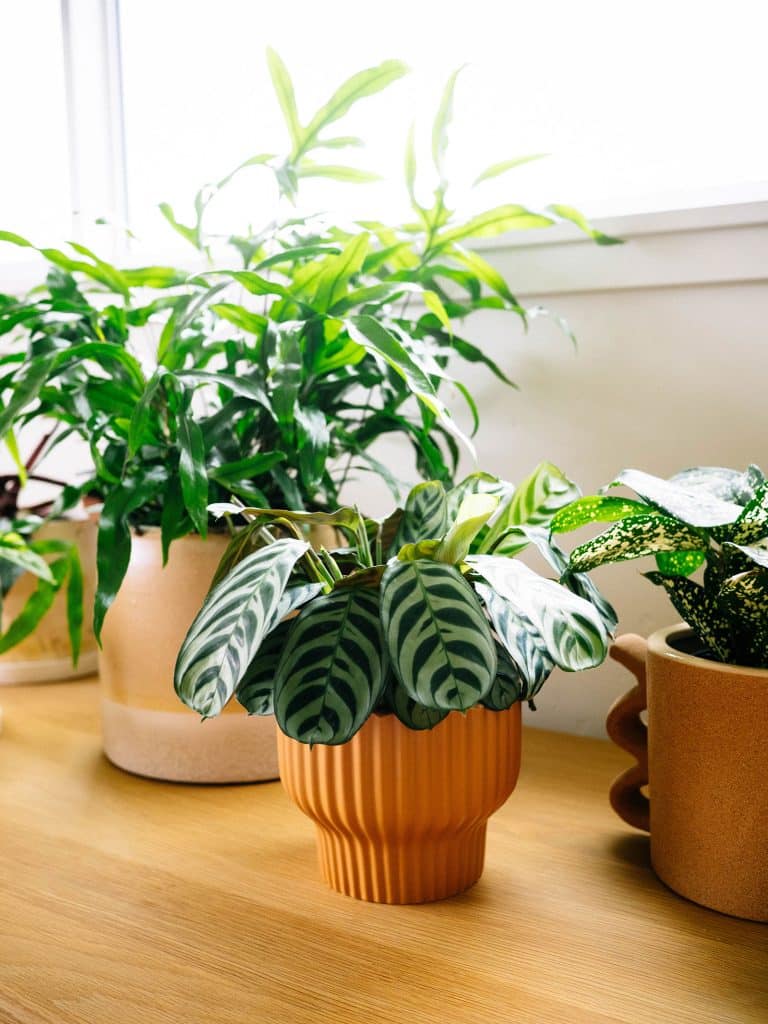
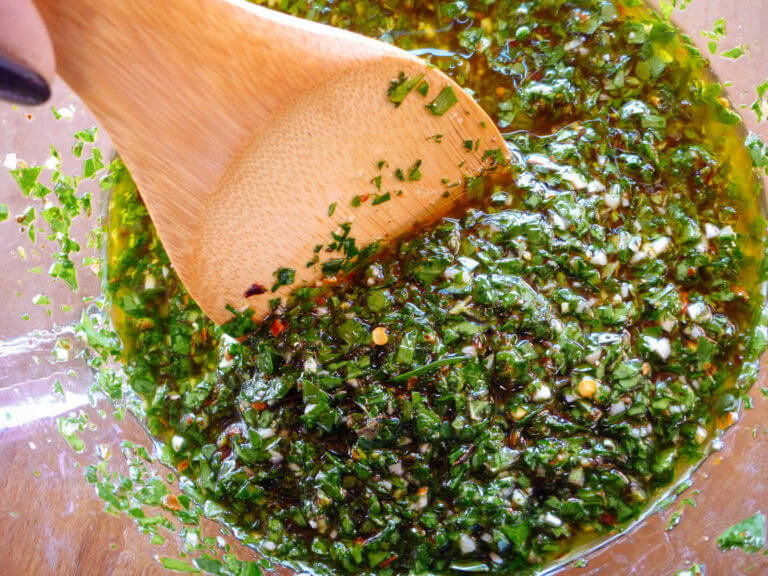
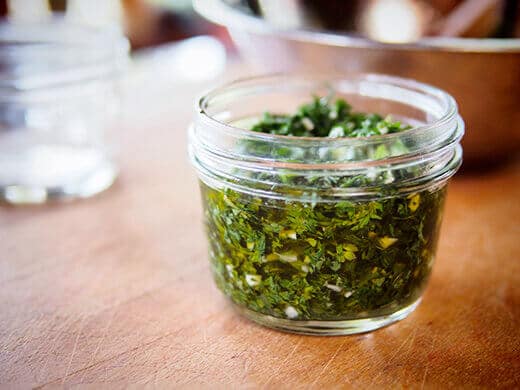
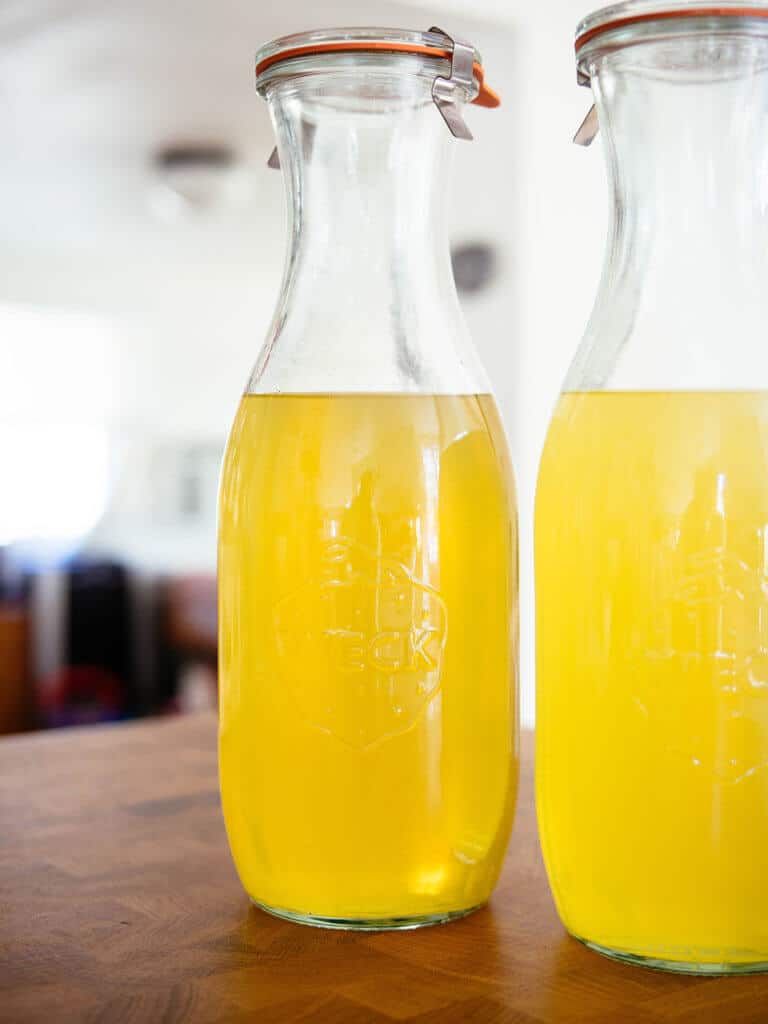
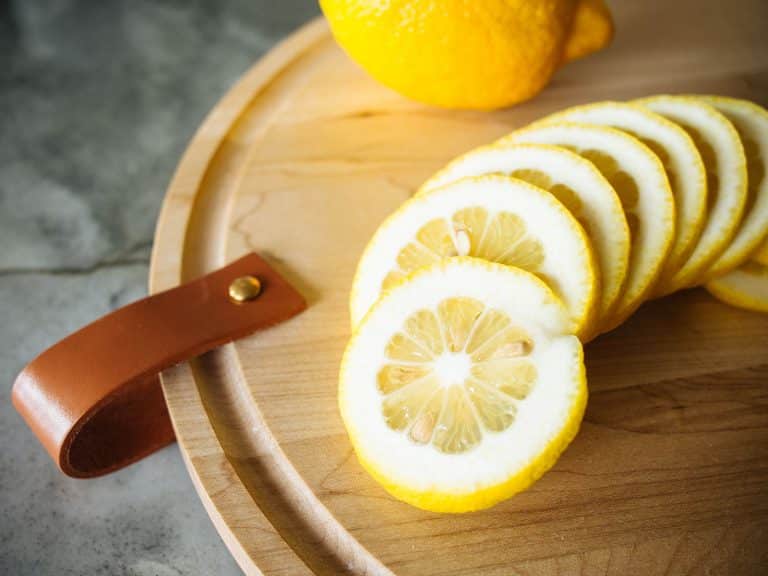

Another thorough treatment!
I learned a new carrot-growing trick from my daughter this year. (I think there will be always new garden info to learn, no matter how many decades one has been gardening.) My wife and I moved in with her after a major medical episode and she graciously gave me the use of two of her beds, a big sacrifice on a small lot. None of us could imagine my recovery without some gardens to tend. This year her peas matured when she was straight out at work and so my adult grandson, Emery, and I pitched in to pull the pea vines and strip them prior to composting. Cass had two rows of peas with a row of carrots between them. These were ‘Mammoth Melting Sugar’ snow peas and Emery and I had to reach high to grasp the vine tops. When we finished, we had exposed a rater tired looking row of carrots. I though, “Gosh, I thought Cass knew better than plant carrots where they would be shaded.” It was I who should have known better. After a few weeks, bright green, healthy new leaves began to appear among the limp carrot leaves lying on the ground. They had been given an effective head start! Cass has begun to harvest some of those carrots and they look great. I’d interplanted other crops between pea rows myself, but always fast maturing types, mainly pac choi, that I transplanted the same day as I planted the peas. So the interplant had a head start and, where we were living in Florida, the cool-loving pac choi enjoying the shade. Cass started gardening when she was about 5, asking for seed and transplants. It was great to encourage her to grow her own plants. Now it is great to see that she has grown enough in skill to teach me a trick or two about maximizing yield from limited space.